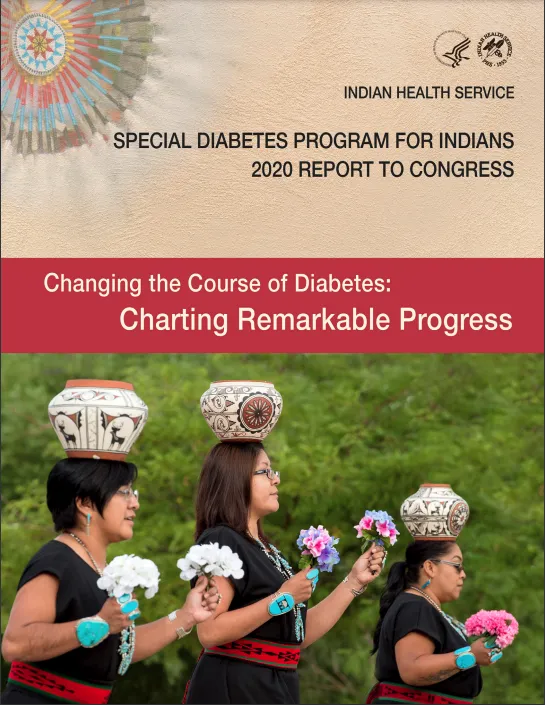With the launching of Generation Indigenous in 2014, the Obama Administration showed the American people the heritage, tradition, and perseverance of Native people in this country. But more importantly, this movement helped Native youth to recognize the responsibility of continuing this energy for generations to come.
The direct creation of Generation Indigenous is to help remove barriers that stand between Native youth and their opportunity to succeed. While these barriers are numerous for many Native youth, the National Indian Health Board acknowledges that some of the most debilitating barriers to success that a young Native person faces are directly related to the health and wellbeing of themselves and their communities. According to the Centers for Disease Control the American Indian and Alaska Native (AI/AN) youth demographic has drastic rates of diabetes type 1 and 2 among people younger than twenty years old[i]. Furthermore, AI/AN adolescents are 50 percent more likely than non-Hispanic Whites to be overweight[ii]. These statistics illustrate problems around obtaining a quality of health and wellness for young people in Indian Country that is promised through the Federal Trust Responsibilities. These statistics do not highlight the additional barriers unique to Indian Country for addressing health disparities such as accessing affordable health insurance, proximity to quality healthcare providers, and other factors that make access to quality health care services in Indian Country difficult for Native youth and their families.




